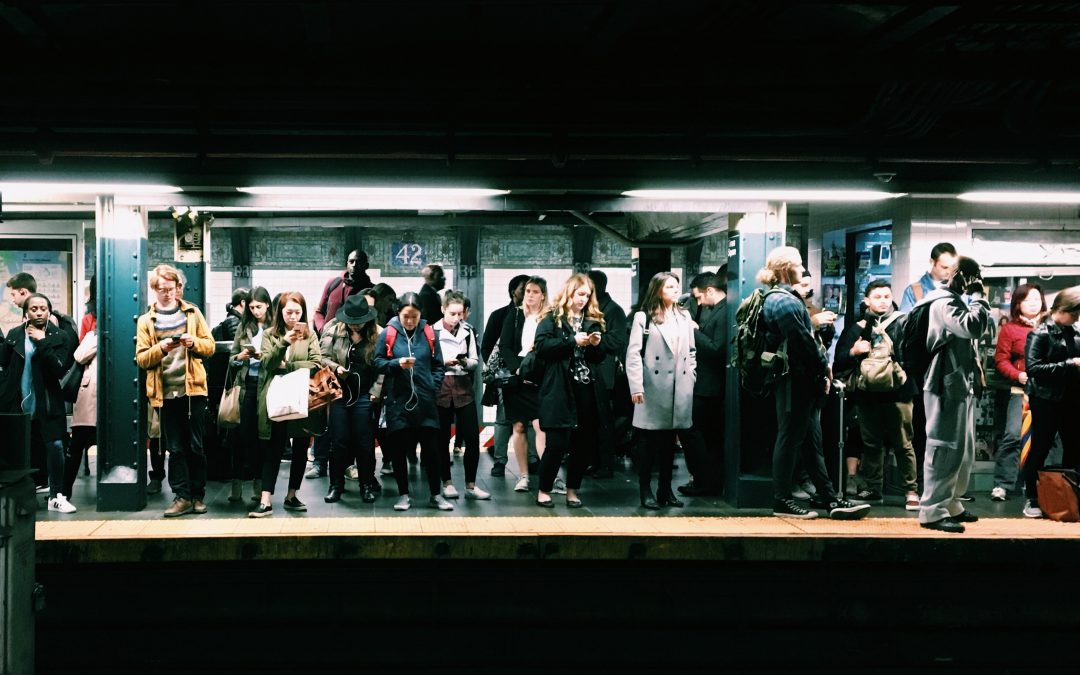
Will the M.T.A.’s Plan to Combat Subway Delays Succeed?
Delays in New York City are getting worse, and the M.T.A. has rolled out several initiatives to fix things. Will it work?
Opened in 1904, covering 236 miles of routes, praised in songs like “Take the A Train” and movies from “The Money Train” to “The Warriors,” the New York Subway is legendary, huge and iconic.
But right now, it’s a tarnished icon as the Metropolitan Transportation Authority (M.T.A.) struggles to fix problems ranging from overcrowding to signal malfunctions—all of which are causing train delays and passenger frustration.
A recent New York Times article describes the M.T.A.’s recently released plan to address the worst of the problems, starting with the 8th Avenue line– which experiences line car equipment breakdowns about 25 times per month, that last 19 minutes on average, and cause delays not only to the affected train but to all trains along the line.
So, what’s their plan?
It starts at the top, literally, with reorganizing the leadership structure so that the position of Chairman (big picture leader) and CEO (day-to-day management) are separate.
There will be new subway cars and improved maintenance on old cars.
Improving tracks and signals, especially via preventative maintenance that targets signals most prone to failure, is a key point. As a safety measure, the New York subway was built to be “fail-safe.” That means when a sensor is tripped all lights go red, everything stops and delays occur. The M.T.A. also will also increase the number of rapid response teams available.
Likewise, the authority plans to have EMT’s at five specific stations to speed the response to sick passengers (who are often hard to locate) and coordinate better with the NYPD so that when issues that require police intervention arise, police arrive faster.
Finally, the plan calls for streamlining passenger loading and unloading and dealing with system bottlenecks.
This all looks good on paper, but will it work?
Fixing and maintaining the New York subway is always a balancing act of meeting short-term needs, addressing long-term needs and dealing with budget constraints.
Unfortunately, the M.T.A. has a long history of money running out before the subway problems are fixed.
According to the Times the 1970’s illustrate the multi-level problem the best. In May, an article published by the paper begins, “Nearly four decades ago, New York City’s subway system hit rock bottom: track fires, graffiti-covered cars and crime came to symbolize that era.
An intervention was required. The Metropolitan Transportation Authority, under the leadership of Richard Ravitch, persuaded the governor and legislative leaders to allow the agency to issue bonds — clearing the way for a $7.2 billion, five-year capital program.”
The money wasn’t enough, certainly not enough to address all the bridges, tunnels, commuter railroads, bus systems and the specific-to-the-subway problems that the M.T.A. oversees.
New train cars were added, and much of the fleet refurbished, but long-term goals, including the Second Avenue subway line project, were abandoned.
It was only in January of this year that the first section of the proposed Second Avenue line opened.
Given that it took 40 years to achieve one goal, and that funding continues to be limited, what are the chances that the goal of fewer delays and easier commutes will be met?
It’s hard to say. There are a few things in play that indicate the M.T.A. will step up. First, the press and the public outcry, including on social media. The M.T.A. has already responded with educational campaigns (for instance, don’t pull the emergency break for a sick passenger) and that alone- public outreach- is a step.
The outcry has also resulted in the formation of an advocacy group, the Riders Alliance, which can organize outcry into action.
Finally, there is a plan in place. As the saying goes, the first step to solving a problem is to admit you have one. The M.T.A. has clearly admitted there’s a problem and the plan to address it is, at least, a good first step.
